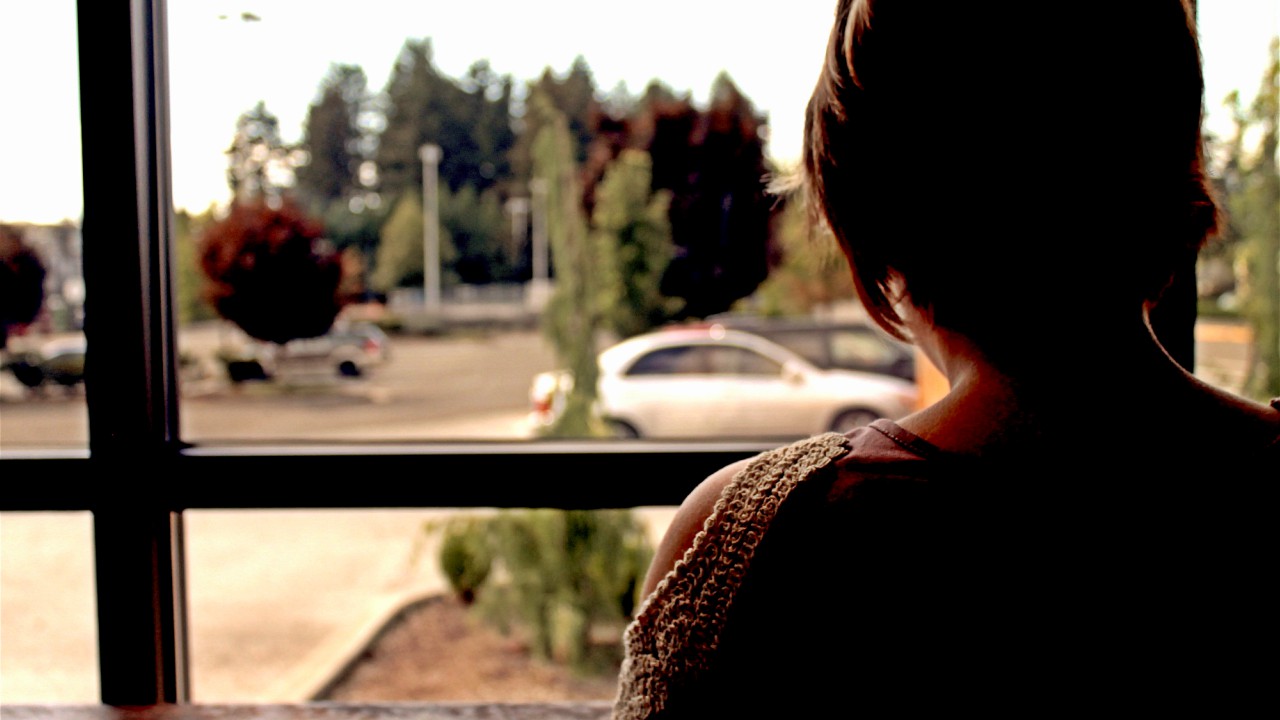Written By Dr. Keith Ablow
As more new changes emerge to psychiatry’s official diagnostic manual it becomes even clearer that the DSM-5 (Diagnostic and Statistical Manual, Edition 5) from the American Psychiatric Association (APA) could accelerate the trend toward medicating children, rather than trying to understand them.
Related: Kids' tantrums as a disorder concern doctors.
The APA voted Dec. 1 to approve the DSM-5, which includes a brand new mental disorder called, “Dysruptive Mood Dysregulation Disorder” (DMDD).
This diagnosis will be applied to children and adolescents who show “persistent irritability and frequent episodes of behavior outbursts three or more times a week for more than a year.”
Mind you, no epidemic of moodiness is sweeping the nation, requiring scientists to quickly name the underlying condition (as was required for AIDS).
No new bacterium has been found in the brains of moody children and no new anomaly has been found in their DNA. It is simply the case that the authors of the DSM-5 believe that grouping kids with outbursts under this moniker will make it easier to study them and treat them effectively.
But if anyone thinks that DMDD will just sit around as an acronym and cause no trouble, think again.
Psychiatrists, psychologists, social workers, nurse practitioners and clinical nurse specialists will be on the hunt for kids who are irritable and have outbursts, armed with a new label with which to appear expert—a label to which pharmaceutical companies will seek to match medications.
Soon, it will be asserted that this stimulant, or that tranquilizer helps the millions of American kids who are suffering with this scourge. And then millions of prescriptions will be written to treat its symptoms.
Just wait. I know this will happen. It is inevitable.
With the field of psychiatry held hostage to medical cures and largely having eschewed its birthright in understanding the life experiences, emotions and, yes, spirituality of patients, inventing a new diagnosis like DMDD could easily mean that millions of kids and adolescents with plenty to say and plenty of deep thoughts and very significant rage and hopelessness will be essentially told to shut up, sit down and swallow pills.
And, guess what, the pills will make them do that, because they will either speed them up or slow them down enough to glide right past all those complicated thoughts and feelings, just the way they do by drinking or taking drugs or playing computer games or using Facebook hours a day.
In other strokes of the pen, the APA has included those grieving (rather than excluded them, as in the past) from a diagnosis of major depression. This might seem to make sense, but it is troubling how neatly it sweeps those who are bereaved into a diagnosis for which medications are prescribed—again, marrying the agenda of the APA to that of the pharmaceutical industry.
See, the truth is that a new disorder can be anointed by the APA as long as it is politically appealing. I could assert that Educational Anxiety Disorder (EAD), in which students encounter unwieldy anxiety about homework and tests ought to be included in DSM-6, get some studies on it funded by a pharmaceutical company, demonstrate that anxious students have many symptoms in common and then further demonstrate that medications make them worry less, then lobby (were I a member of the organization, which I am not) for the APA to codify the EAD as a new condition.
But, that would subject untold thousands of students to being medicated, rather than urged to consider what about assignments and testing makes them feel uncomfortable. It would bury problems that might be present in schools and at home that create undue pressure on students. And it would discourage students from seeking the answers to their anxiety inside themselves and their life stories—and finding new courage.
As Allen Francis, who chaired the committee that developed DSM-4 has said, “This will turn temper tantrums into a mental disorder.” He advises clinicians to “just ignore” the diagnosis.
Trouble is, they won’t.
Related Links:
Bedroom TVs linked to childhood obesity
http://www.foxnews.com/health/2012/12/11/bedroom-tvs-linked-to-childhood...
Toddler leaves hospital after 850-day stay
http://www.foxnews.com/health/2012/12/06/toddler-leaves-hospital-after-8...
Anti-anxiety meds increase risk of pneumonia
http://www.foxnews.com/health/2012/12/06/anti-anxiety-meds-increase-risk...
Read more: http://www.foxnews.com/health/2012/12/12/medicating-millions-kids-for-be...






Add a Comment1 Comments
I think Dr. Ablow is jealous of the attention Dr. Frances is getting by criticizing DSM-5 without offering any clear solutions himself. He suggests there is no "moodiness" epidemic but fails to mention the recent 4,000 fold increase in the bipolar diagnosis in kids. Yes, you read that correctly- 4,000.
December 20, 2012 - 6:45amThis Comment